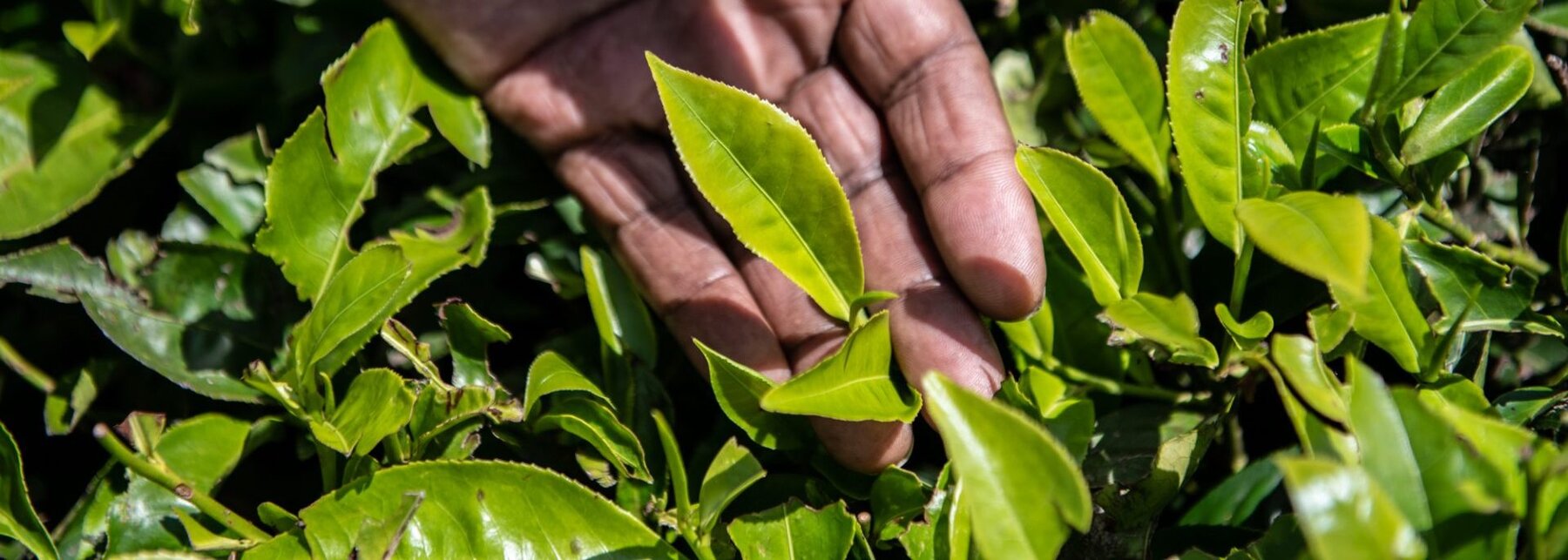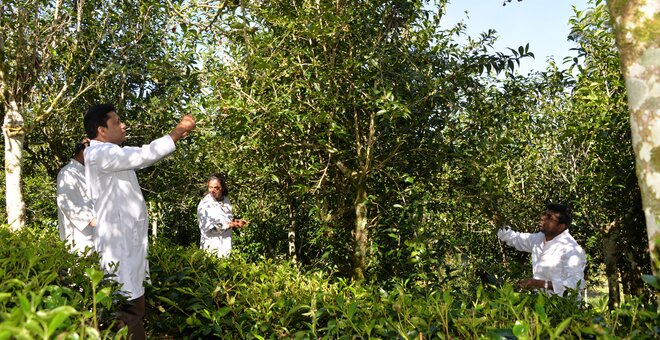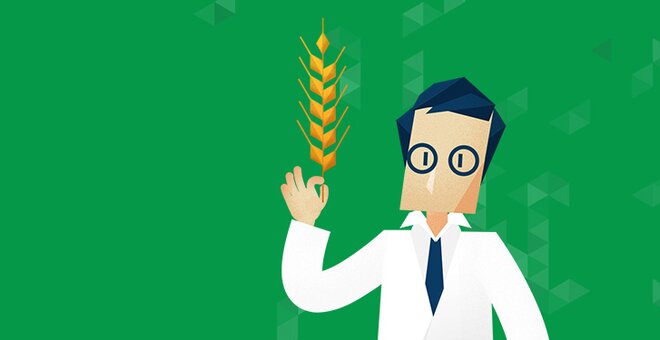Saving Tea
What is tea genetic diversity? Why is it important to conserve? Find out more through a Q&A with a tea expert, or a deep dive into the Global Conservation Strategy for Tea.
Time for Tea?
Frequently Asked Questions About Tea with Paula Bramel
Crop Trust Advisor, and lead author of the Global Strategy for the Conservation and Use of Tea Genetic Resources.
1. What is tea genetic diversity and why is it important?
Tea genetic diversity means the differences in the DNA of all the different tea plants around the world, wild and farmed. These variations can mean one tea type makes a great cuppa while another repels a particular pest. Conserving tea samples and making them available for research gives scientists the best possible options for breeding new teas. it’s a great way to produce teas that combine the best of both worlds – for example, making a great brew, and repelling pests too.
2. Is tea going to die out?
Some kinds of tea are being lost, that’s not in any doubt. It can happen as old plantations are abandoned or as tea farmers decide to switch to different types of tea – or different crops altogether. If those teas are not conserved in some way, they could be lost forever. And that means the tea community as a whole loses options for adapting to the challenges ahead. Genebanks that conserve and share their tea samples are a great insurance policy.
3. What does a tea genebank look like?
They can be large or small, but one thing they all have in common is that they have some land dedicated to growing lots of different kinds of tea. These are living collections, a kind of life support system for tea. Some genebanks will also conserve tiny plant samples indoors, in jars until they’re ready for planting. One of the challenges with tea conservation is that a storm could sweep through that field collection and wipe it out completely. Storms can also damage infrastructure – including the buildings that contain those tiny plants in jars. Pests and disease can also do a lot of damage. If that tea collection isn’t backed up somewhere, some of those teas could be lost forever, erased. You backup your hard disk, just in case, don’t you? We need to do the same for tea.
4. When you talk about making tea samples in genebanks available for crossbreeding, is that in order to create GMOs?
No. Conventional crossbreeding has been practiced in a systematic, scientific way for decades and farmers have been crossbreeding plants for – arguably – thousands of years. Nature has been doing it even longer. We’re advocating for tea conservation to support crop breeding in this conventional sense – crossbreeding one tea type with another in the hope that the offspring will be more productive, resilient, efficient, tasty – perhaps all of those things. That would be a tea worth fighting for!
5. Why can’t tea just be conserved in the Svalbard Global Seed Vault, like other crops?
Tea is actually one of several important crops that can’t easily be stored in the Svalbard Global Seed Vault. Tea is best conserved in living plant collections – known as field collections – rather than by freezing seed (the Svalbard Global Seed Vault is essentially a very large, very secure freezer for seeds). That’s why it’s so important to make sure that we improve tea conservation in the tea genebanks of the world and ensure their tea collections are properly backed up somewhere else. They’re all we’ve got.
6. Is the situation for tea similar to that for coffee?
It’s similar in some ways, but different in others. Coffee and tea are both relatively complicated crops to conserve, in the sense that you need to grow the plants in field collections – and keep them alive! But the coffee industry is far ahead of the tea industry when it comes to conservation. There is a broad recognition by some of the large coffee companies that conserving the widest possible range of coffee plants is a great insurance policy for their businesses. We produced a coffee conservation strategy in 2018 and were able to put a cost on safeguarding coffee in genebanks forever. It worked out at just USD$25 million –that’s a single amount to cover the costs of conservation forever. It’s small change to some players in the coffee industry, so we’re hoping they will step up and fund conservation of the crop their business models depend on. We were able to come up with that estimate because the system for coffee conservation is much more open than that for tea – despite the coffee market also being very competitive. It reflects the coffee sector having more of a sense of “being in it together”. We need the tea industry to develop this idea of a shared cause.
Download the Global Conservation Strategy for Tea
A Global Strategy for the Conservation and Use of Tea Genetic Resources
Get in touch with us about how you can help to save tea.
Related news
Let’s Meet Up for Tea
A global consortium on tea genetic resources will benefit tea-growing countries around the world, according to Professor Liang Chen, curator of the world’s largest collection of tea diversity and co-author of the Crop Trust’s Glob...
20 Jan 2021
20 Jan 2021
Time to Serve the Tea
Tea-growing countries around the world would all be better served by sharing their knowledge and plant genetic material, according to Dr. Mahasen A B Ranatunga, Head of the Plant Breeding Division and Genebank at the Tea Research...
20 Oct 2020
20 Oct 2020
Time for Tea
Luigi Guarino | Director of Science
My mother-in-law, Hilda Gathoni, has been growing tea for most of her 83 years. The same tea. The tea she and her family also drink. It’s about one and a half hectares in the highlands above...
17 Apr 2019
17 Apr 2019




